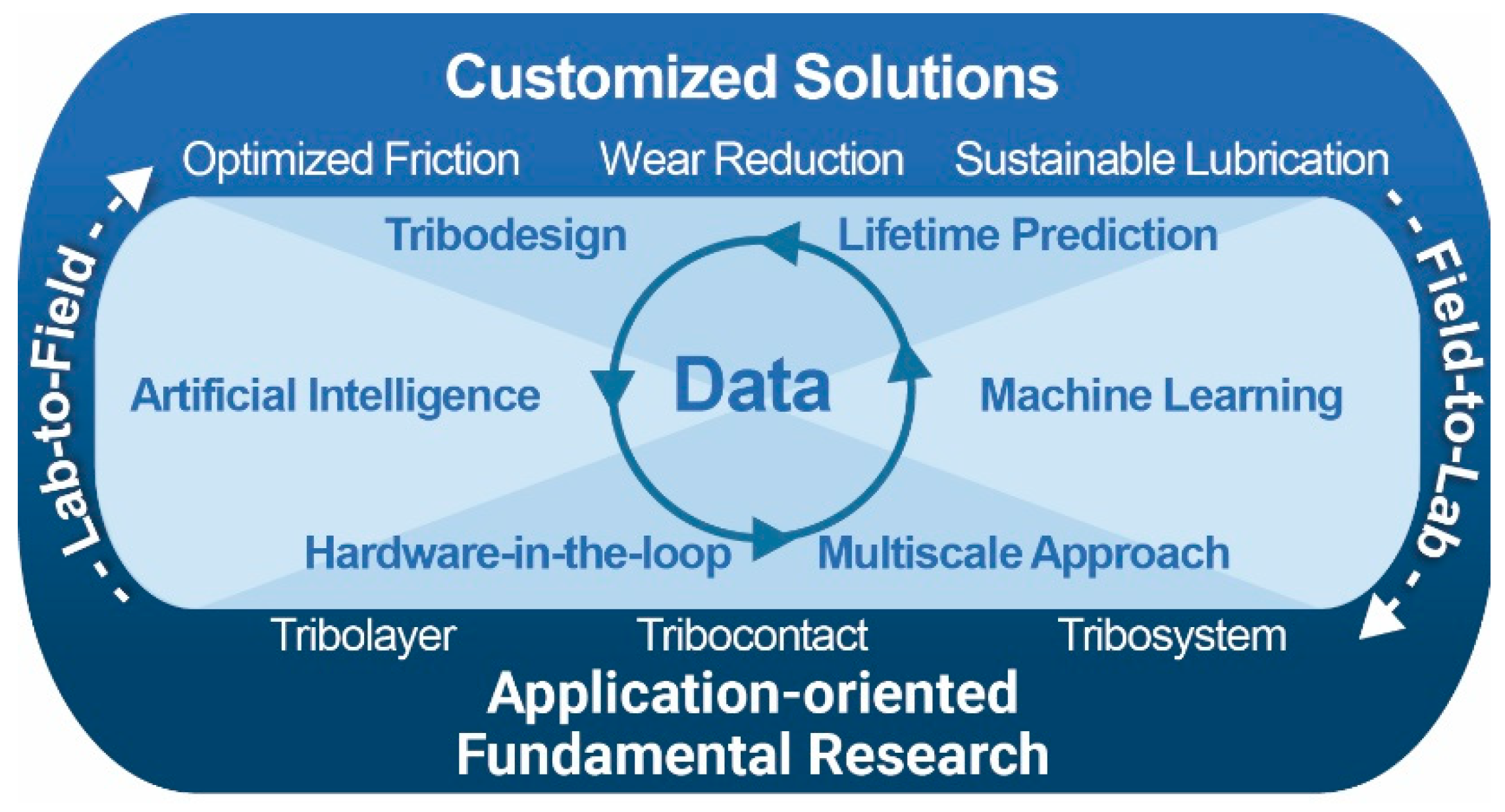Multi-scale tribology is a relatively new field that focuses on the study of friction and wear at multiple length scales, from the atomic and molecular level to the macroscopic level. This approach is essential for understanding the complex interactions that occur during tribological processes and for developing effective strategies to reduce friction and wear.
Key Aspects of Multi-Scale Tribology
- Nanoscale tribology: This involves studying friction and wear at the atomic and molecular level, using techniques such as atomic force microscopy (AFM) and molecular dynamics simulations.
- Microscale tribology: This focuses on the behavior of friction and wear at the microscale, which can be influenced by factors such as surface roughness and the presence of surface contaminants.
- Macroscale tribology: This involves studying friction and wear at the macroscopic level, taking into account factors such as load, speed, and lubrication conditions.
- Multi-scale modeling: This involves integrating models of friction and wear at different length scales to provide a comprehensive understanding of tribological behavior.
Applications of Multi-Scale Tribology
- Materials science: Understanding the tribological behavior of materials at multiple length scales can help to develop new materials with improved wear resistance and durability.
- Nanotechnology: Multi-scale tribology is essential for understanding the tribological properties of nanomaterials and devices.
- Biomedical engineering: Understanding the tribological behavior of biological tissues and medical implants can help to improve the design and performance of these devices.
- Manufacturing: Multi-scale tribology can be used to optimize manufacturing processes and reduce wear on machinery.
Challenges and Future Directions
- Experimental techniques: Developing techniques to accurately measure friction and wear at multiple length scales remains a challenge.
- Modeling and simulation: Creating accurate multi-scale models of tribological behavior requires significant computational resources and expertise.
- Data analysis: Analyzing large datasets generated from multi-scale tribological experiments can be complex.
- Interdisciplinary collaboration: Multi-scale tribology requires collaboration between researchers from various fields, including materials science, engineering, and physics.
Multi-scale tribology is a rapidly evolving field with significant potential to impact various industries. By integrating knowledge and techniques from different length scales, researchers can gain a deeper understanding of friction and wear and develop innovative solutions to address tribological challenges.
